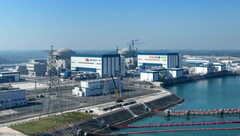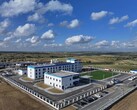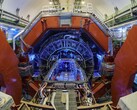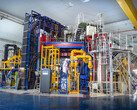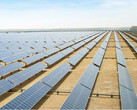China approved the construction of 10 new nuclear units that will expand five existing nuclear plants, following the trend seen in recent years.
According to information provided by The Paper, a government-backed media, the investment for this plan would be 200 billion yuan, equivalent to $27,44 billion. China, currently the third country with the highest nuclear installed capacity, after the U.S and France, has 58 nuclear plants with a total capacity of 56.9 gigawatts of this technology, according to a white paper by the China Nuclear Energy Association. By 2030, the country expects to become the leader in nuclear energy generation.
The nuclear centrals that would expand as part of this plan are:
- Fangchenggang, in Guangxi: Phase III (units 5 and 6)
- Sanmen, in Fujian: Phase III (units 5 and 6)
- Haiyang, in Shandong: units 5 and 6
- Xiapu, in Chongqing: Phase I (units 1 and 2)
- Taishan, in Guangdong: Phase II (units 3 and 4)
Currently, the country is building 30 nuclear units, accounting for half the global total. These reactors are expected to add 34.4 gigawatts of nuclear energy to the national electric system.
According to the cited white paper, the country has achieved full domestic production of some of the key equipment to develop this technology, such as the reactors. In fact, eight of the reactors that were approved use the locally developed Hualong One reactor. However, the World Nuclear Association highlights that the country is still dependent on Western technology in this process.




